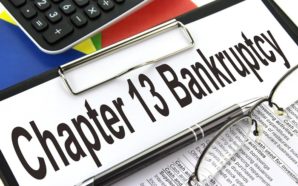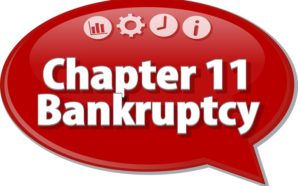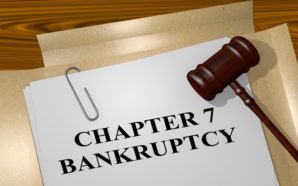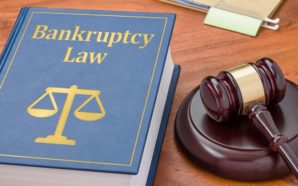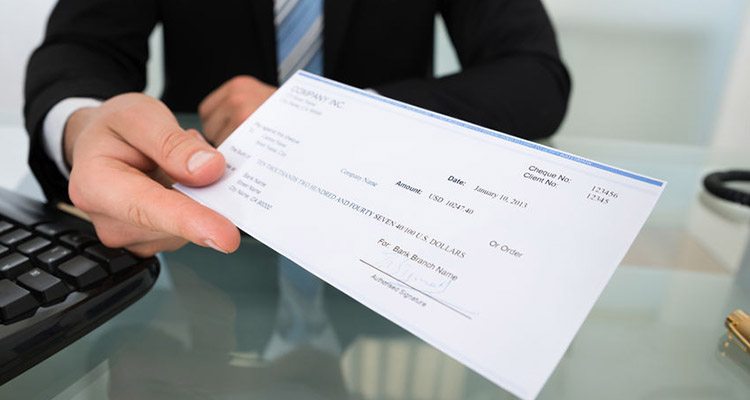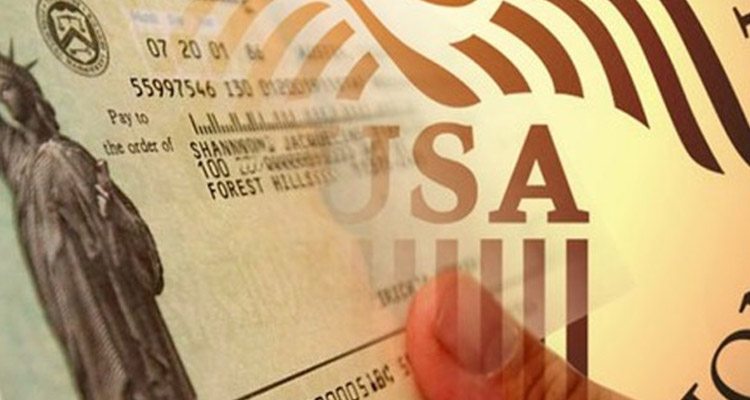What is Personal Bankruptcy and its Types?

Personal bankruptcy is a legal term used to refer to the type of bankruptcy that is filed by an individual whose debts are largely non-business related. This type of bankruptcy is typically filed either by an individual or jointly by a husband and wife.
Almost all bankruptcy cases are overseen by the federal bankruptcy courts according to the statutes laid out in the United States Code. Title 11 in the US Code is called the Bankruptcy Code and the laws present here are what govern bankruptcy cases across the US.
Types of Personal Bankruptcies
There are two major types of personal bankruptcies in the US Bankruptcy Code – Chapter 7 and Chapter 13. All bankruptcy types have been named after the chapters devoted to them in Title 11. Here, we will look at two of the Chapters related to personal bankruptcy in further detail.

Chapter 7 Personal Bankruptcy
Chapter 7 bankruptcy is also known as “liquidation” or “straight” bankruptcy, because all the debtors’ non-exempt property and assets are sold and the cash generated from this sale is distributed among the creditors to pay off some – if not all – the debt. In a Chapter 7 bankruptcy filing, the bankruptcy court appoints a trustee who takes care of disbursing your monies to pay off your debts. The trustee will also challenge any unfair debts on your behalf.
While both individuals as well as companies can apply for a Chapter 7, it is most commonly used by individuals declaring bankruptcy. The entire process of a Chapter 7 proceeding will take about 6 to 7 months, making it the fastest bankruptcy proceeding in the list.
Not everyone can get approved for a Chapter 7. There are certain preconditions that must be met, including being below a certain level of income (validated by taking a Means Test).
Chapter 13 Personal Bankruptcy
Chapter 13 bankruptcy is also known as wage earner’s bankruptcy. This is targeted at individuals who have a regular and ample income (that is, it is enough for the debtor to make payments towards his or her debts after the living expenses are taken care of).
A debtor has to develop a debt repayment plan that charts out how he or she plans to pay off his or her debts over a period of time. This time limit is dependent on factors such as income level and amount of debt and can either be for 3 or 5 years.
A trustee is also appointed for a Chapter 13 bankruptcy filing. However, in this case, his/her duties are slightly different. The trustee is expected to review and correct (if required) the debtor’s repayment plan, collecting money from the debtor and distributing this money to the creditors. Here, the debtor does not directly pay his/her creditors. Instead, the court is paid the monthly instalments which the trustee then disburses.
Personal bankruptcy laws can be quite complex and sometimes it’s better to consult with an attorney instead of trying to file for bankruptcy on your own.



